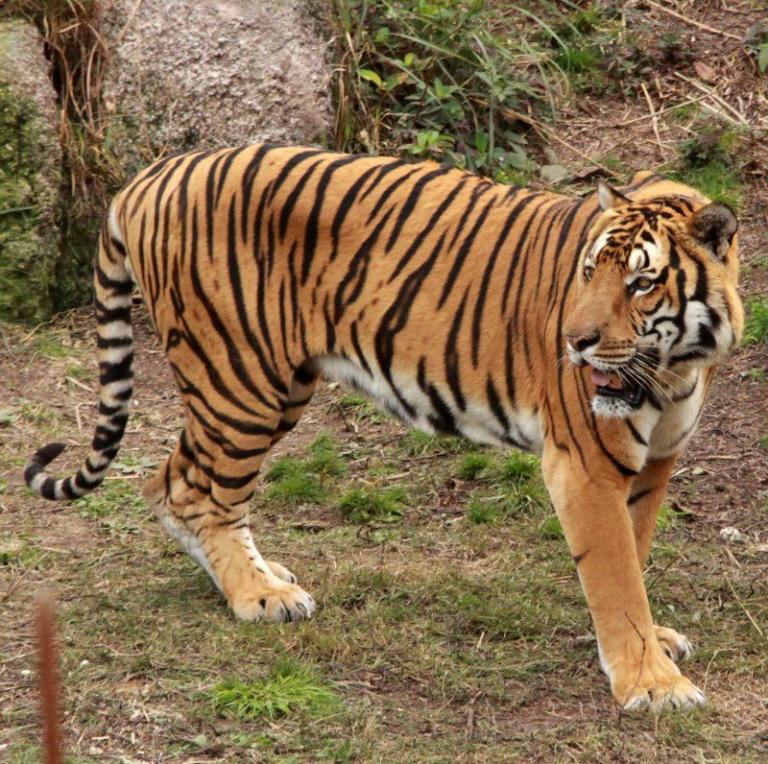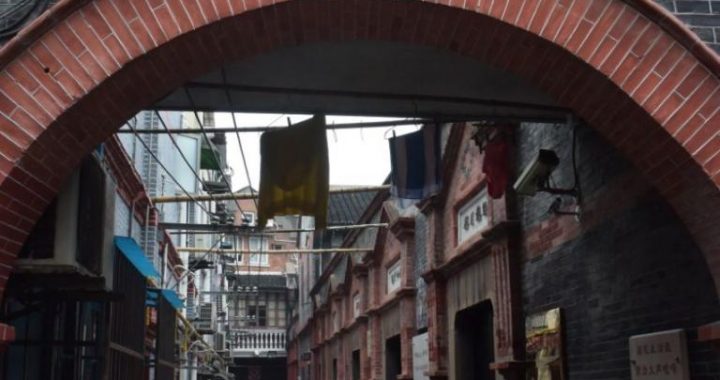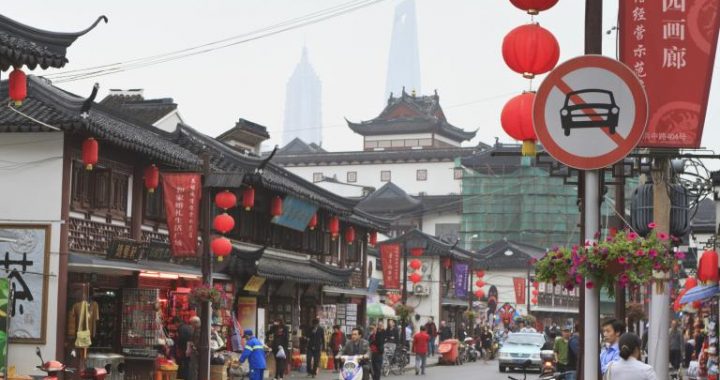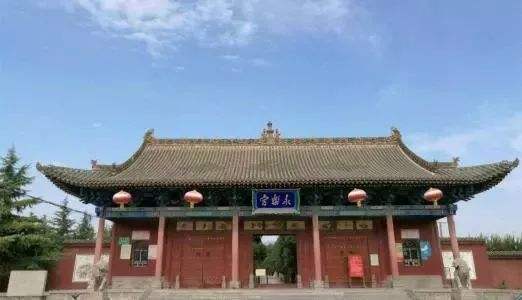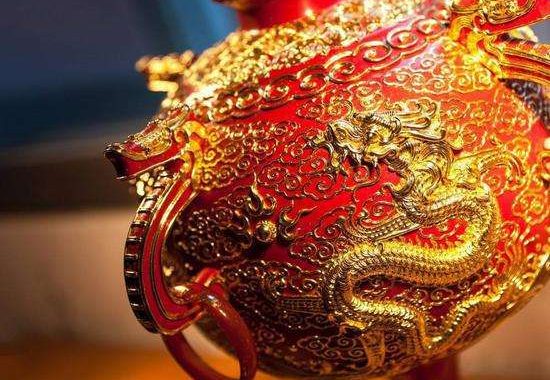Wildlife
6 min readSince the 18th century,Western naturalists have converged upon Fujian Province toexplore a biological diversity that probably rivals Eden itself.Fujian is home to everything from 33-foot pythons to the“ancestor of all tigers,”the Amoy Tiger.
We are also home to earth’s deadliest creature,the Amoy Vampire.
Want to see Amoy Tigers in the flesh(or in the fur)?Visit West Fujian’s Plum Mountain Nature Reserve(Me ihud Shan Ziran Baohu Qa,which also has nearly 1500 kinds of plants and hundreds of reptiles,birds,and animals,including 40 endangered species like leopards and black bears.”
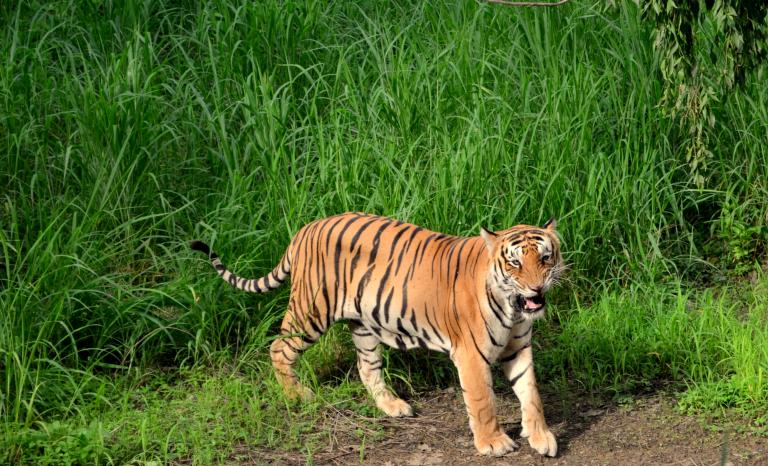
Amoy Tigers
“Tigers of enormous size constantly roam about the countryside in the interior,and keep the people in a perpetual state of terror.Not unfrequently they carry off a man,woman,or child,while at work in the fields,of whom nothing more is ever seen,excepting occasionally a few bones.However,they are in one way beneficialto the country,as they effectually prevent all robbers,and night prowlers from roving about after dark.”
“Amoy General Geographical Description,&c”.
“Tigers possess magical qualities;their claws are talismen against devils,their bones and tendons potent medicine for healing and strength.They are sovereign because the Chinese discern the character for king on their foreheads.…
“Two things in Fukien impressed Marco Polo:the beauty of the women and the size of its tigers…the Fukienese hunted tigers in the rock caves of the island’s highspine.The conservative hunted in pairs;one took a flaring torch into the tiger’s lair,walked on until the tiger’s eyes reflected in its flame,then quickly stepped aside for his companion to spear or shoot.The modern-minded strapped electric lamps to their foreheads,and practised the hair-raising sport alone.
There were still quite a lot of tigers on the island,the fishermen said,but their numbers were dwindling.
Tiger Hunting in Amoy
“But the crowning sport with which the name of Amoy is associated is the pursuit of that king of the jungle, the wily tiger. Tigers abound more or less all along the coast of China, and native trappers declare that they are more abundant in
‘ Kwang Tung’ province than in Fokien.
“These trappers travel over several provinces in search of tiger lairs, and having discovered one they find that the tiger follows the same track in entering and leaving.
They survey this track, select some point where the track dips a little below the ground on one side or the other.
“On this higher ground they dig a hole like a grave and fix therein a very powerful bow with a poisoned shaft protruding through a small tunnel that connectsthe grave with the track. The bow is fired by a small thread fixed across the path, so as to catch a passing tiger’s chest, and the poison is so effective that the wounded beast seldom gets away.
“The tiger is a valuable prize, he is good medicine from his whiskers to the tip of his tail, and all who covet strength, courage or ferocity compete for a portionof the specific. Moreover, there is no adulteration act to ensure that all that is sold as tiger, is really tiger, so that with the help of an ancient buffalo, or of a dead horse,a tiger of 300 pounds weight gives fully 1,000 pounds retail weight.
“The natives have curious ideas about tigers occupying lairs in their neighborhood. If a man has been killed they welcome the foreign sportsman most cordially, and chin-chin him as the savior of the people, but if the tiger has not been known to take human life they are disposed to propitiate him, and condemn the folly of enraging him and perhaps converting a good dispositioned beast into a maneater. Then again they will say,’ What is the use of shooting him, two new tigers will at once occupy his den.’
“Sometimes a tiger has the character of never harming the villagers who are his neighbors; although he eats up strangers and travellers by the score, the villagers are quite sure of their own safety. If one stays in the village for a few days another reason for their immunity suggests itself. Owing to their propinquity to a permanent tiger lair they have inherited habits of early hours at night, and late hours in the morning, that give the poor tiger no chance, so he has to fall back on benighted strangers with less regular habits.
“All Amoy tigers are village prowlers, and man-eaters. There is no game of any Y15 sort: goats, pigs and cows are carefully pounded at night, so that probably village dogs comprise 5/6ths of the necessary support for the tigers of this province.
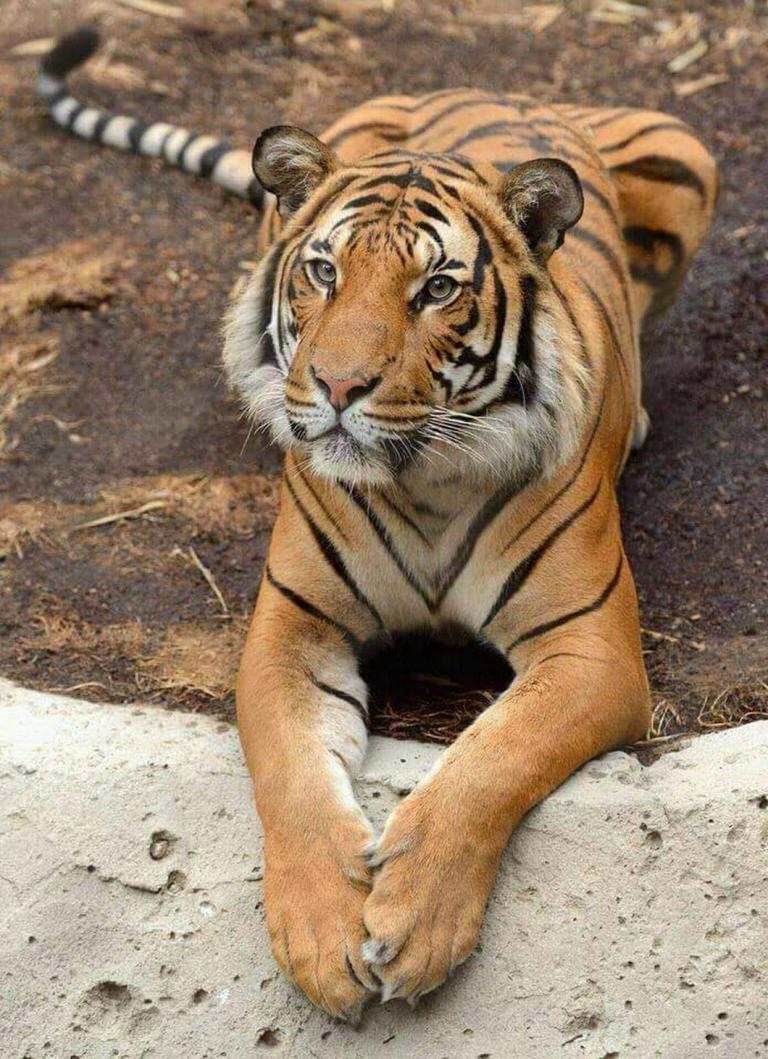
Their hunting ground being so much among the haunts of men, tigers, after dusk at any rate, have lost all instinctive dread of man, and the sounds and odours of humanity, and will stroll up a village street soon after bed-time, and break open adoor in search of pig, or dog. It is by no means an uncommon occurrence for a tiger to take a man out of his bed, and in the hot weather many lives are lost by sleeping in the doorway, and under the eaves.
“It may be asked how it comes to pass that sportsmen bag tigers in Amoy, and not at other ports. For thirty years there have been casual hunts for tigers, but it was only some ten years ago that that indefatigable sport Mr.A.L.B. Allen succeeded in proving that patience, perseverance, lots of time, and good nerves could bring a tiger to the bag. Since then the sport has been keenly pursued, and that indomitable old shikaree Mr. Frank Leyburn heads the list with about 20 ‘ kills.’
“There is not much jungle within 20 miles of Amoy. The tigers lie up in subterranean passages in the rocky nullahs common to every hill-side. To drive them out of these caves the native hunters fearlessly enter armed with spears, and torches fixed on long bamboos. If Mr. Stripes has a bolt-hole he will bolt and comeunder the guns outside; but if caught in a cul-de-sac the sportsman must crawl into the cave, wriggle past the hunters and shoot at 20 yards or less, usually a tame performance compared to an encounter in the open.
“Of course much rough work, and many discomforts attend tiger shooting, but on the other hand there are many compensations which make a trip enjoyable. If one is lucky enough to put up in one of the mountain temples, far from the madding crowd, and commanding a wide view of the neighbouring valleys, with their unrivalledagriculture feeding a thousand to the square mile, the fresh air and charming scenery are enough to live on. Again to acquire a good knowledge of the country, and to study the habits of the people is always of interest, and although one cannot hope to bag a tiger every week, when the lucky day comes, there is a decided feeling that the noble sport is well worth our most ardent devotion.”
Fowl Pursuits on Amoy Back in 1860, Amoy’s British Consul, Mr. Swinhoe, reported 174kinds of birds on Amoy. Sadly, much of the wildlife vanished, but thanks to strict environmental policies, birds are now making a comeback. In 2006, my wife saw a rare black eagle right outside our kitchen window. Birdwatchers are making acomeback as we11. Each march, Xiamen’s Observe Birds Association (OBA) promotes “Care for Birds Week,”and offers field trips for bird watchers of all ages.
Robert Swinhoe was born in Calcutta, India on 1 September 1836 to a family who had served British interests in India for many years. His father was a lawyer and his brother was a colonel in India.
After university in England, Swinhoe went to Hong Kong at age 18, and studied Chinese, as well as Chinese natural history. He moved to Amoy in 1855, learned the |local dialect,studied the local fowl and fauna,and kept as pets a civet cat ,pangolin ,great owl,and a young falcon.During a trip to Taiwan,he recorded,during only two weeks 93 new birds and 17 mammals.
Swinhoe returned to Amoy,where he helped found the short-lived Literary and Scientific Society of Amoy.
At their first meeting,on 17 November 1856,Swinhoe read his first published paper,“A Few Remarks on the Fauna of Amoy.”.
Swinhoe was the first British consular official in Taiwan.He became ill and returned to England in 1862,where he set up an award-winning“Formosan Booth”at the London Exhibition,and gave lectures for many societies.Charles Darwin,in one of his writings,noted the pigeon skin specimens sent to him by Swinhoe.
Swinhoe returned to Amoy in 1866,returned to England again in 1869 on sick leave,and in 1875 had a stroke in China.He decided China was for the birds and returned to England,but died anyway in 1877 at the tender age of 41.
